Description
Product Overview
TB-500 is a high-purity, synthetic peptide engineered exclusively for laboratory and scientific research purposes. It is a truncated, bioactive fragment of Thymosin Beta-4 (Tβ4), a 43-amino acid peptide first isolated from bovine thymus tissues in 1981. TB-500 replicates the active region of Tβ4, specifically the N-terminal acetylated sequence Ac-Ser-Asp-Lys-Pro-Asp-Met-Ala-Glu-Ile-Glu-Lys-Phe-Asp-Lys-Ser-Lys-Leu-Lys-Lys-Thr-Glu-Thr-Gln-Glu-Lys-Asn-Pro-Leu-Pro-Ser-Lys-Glu-Thr-Ile-Glu-Gln-Glu-Lys-Gln-Ala-Gly-Glu-Ser-OH. This peptide is a critical tool in research exploring cellular processes such as tissue repair, cell migration, angiogenesis, anti-inflammatory mechanisms, and neuroprotection. Each vial contains 10mg of TB-500 in lyophilized (freeze-dried) powder form, ensuring stability, ease of reconstitution, and precise dosing for experimental applications. TB-500 is widely utilized in in vitro studies and animal models across fields like regenerative medicine, molecular biology, cellular physiology, and tissue engineering.
Product Specifications
- Chemical Name: Thymosin Beta-4 Fragment (TB-500)
- CAS Number: 77591-33-4 (for Tβ4; TB-500 is a derivative)
- Molecular Formula: C212H350N56O78S (for full Tβ4; TB-500 is a shorter fragment with a similar composition)
- Molecular Weight: Approximately 4,963 Da (varies slightly based on the exact sequence of the fragment)
- Purity: ≥99% as confirmed by high-performance liquid chromatography (HPLC) and mass spectrometry (MS). Each batch is independently tested by third-party laboratories, with a certificate of analysis (COA) provided to verify purity, identity, and absence of contaminants such as endotoxins, heavy metals, or microbial impurities.
- Form: Lyophilized powder, supplied in a sterile, sealed 3mL borosilicate glass vial with a rubber stopper and flip-off cap for reconstitution.
- Quantity: 10mg of TB-500 per vial, precisely weighed to ensure consistency in research applications.
- Appearance: White to off-white lyophilized powder, which may appear as a thin film, small pellets, or minimal powder at the vial’s base due to the absence of fillers (e.g., mannitol). This does not affect the 10mg dosage or peptide efficacy.
- Solubility: Highly soluble in bacteriostatic water (0.9% benzyl alcohol), sterile water, or saline solution for reconstitution.
- pH Stability: Stable in neutral to slightly acidic solutions post-reconstitution (pH 6.0–7.5 recommended).
- Intended Use: Exclusively for laboratory research, including in vitro studies (e.g., receptor-ligand binding, enzyme activity assays, cell proliferation, migration, and signaling studies) and animal model research. Not for human, veterinary, or clinical use.
- Regulatory Status: Not approved by the US Food and Drug Administration (FDA) or equivalent regulatory bodies for human or animal consumption. Banned by the World Anti-Doping Agency (WADA) and other sports organizations due to its potential to enhance tissue repair and recovery, which may confer performance advantages.
Research Applications
TB-500 is a synthetic analog of the active region of Thymosin Beta-4, a peptide integral to actin polymerization—a fundamental process for cytoskeletal organization, cell motility, and tissue repair. Tβ4 and its fragment TB-500 bind to G-actin monomers, sequestering them to regulate actin filament assembly, which facilitates cell migration, differentiation, and structural integrity. TB-500’s versatility makes it a valuable tool for a wide range of research applications, including:
- Tissue Repair and Regeneration: In animal models (e.g., rodents, equines), TB-500 promotes repair of muscles, tendons, ligaments, skin, and connective tissues by enhancing fibroblast migration, collagen deposition, and extracellular matrix remodeling. Studies demonstrate accelerated healing in injury models, such as muscle tears or tendon damage.
- Angiogenesis: Stimulates the formation of new blood vessels in dermal and other tissues, supporting wound healing and vascular repair in research settings. TB-500 upregulates vascular endothelial growth factor (VEGF) expression, a key mediator of angiogenesis.
- Anti-Inflammatory Effects: Modulates inflammatory pathways by inhibiting pro-inflammatory cytokines (e.g., TNF-α, IL-6) through Akt signaling and TLR4/MyD88 pathways, reducing inflammation and fibrosis in injury models.
- Hair Follicle Regeneration: Research in transgenic mice shows TB-500 promotes hair follicle stem cell proliferation, migration, and differentiation, leading to accelerated hair regrowth in models of alopecia or skin injury.
- Neuroprotection and Neural Repair: In neural stem/progenitor cells (NSPCs), TB-500 reduces apoptosis, intracellular calcium levels, and reactive oxygen species (ROS) production under oxidative stress conditions, suggesting potential applications in neurodegenerative disease models.
- Cardioprotection: Preliminary studies in animal models indicate TB-500 may protect cardiac tissues post-myocardial injury by promoting angiogenesis, reducing fibrosis, and enhancing tissue remodeling.
- Synergistic Peptide Research: Frequently studied in combination with peptides like BPC-157 to investigate complementary mechanisms, such as enhanced actin production, fibroblast proliferation, and synergistic tissue repair effects.
- Other Applications: Explored in models of ocular repair (e.g., corneal healing), bone regeneration, and immune modulation due to its broad effects on cellular processes.
Mechanism of Action
TB-500 exerts its effects primarily by binding to G-actin, regulating actin polymerization to support cell motility and cytoskeletal dynamics. This enables rapid migration of fibroblasts, endothelial cells, and immune cells to injury sites, accelerating tissue repair. Key mechanisms include:
- Actin Sequestration: TB-500 sequesters G-actin in areas requiring filament formation, facilitating cytoskeletal reorganization for cell migration and tissue remodeling.
- Growth Factor Interaction: Interacts with growth hormone receptors on fibroblasts, enhancing their survival, proliferation, and regenerative capacity.
- Anti-Inflammatory Modulation: Inhibits Akt signaling and modulates TLR4/MyD88 pathways, reducing pro-inflammatory cytokine release and fibrosis.
- Angiogenesis Promotion: Upregulates VEGF and other angiogenic factors, supporting blood vessel formation in damaged tissues.
Anti-Apoptotic Effects: Reduces oxidative stress and apoptosis in cell cultures (e.g., NSPCs) by stabilizing intracellular calcium and ROS levels.
These mechanisms make TB-500 a versatile peptide for studying cellular repair, inflammation, and regenerative processes in controlled research settings.
Reconstitution and Handling Instructions
- Reconstitution: TB-500 is supplied in lyophilized form and requires reconstitution with a suitable solvent (not included). Recommended steps:
- Use a sterile syringe to inject 1-2 mL of bacteriostatic water (0.9% benzyl alcohol), sterile water, or 0.9% saline solution into the vial.
- Gently swirl the vial until the powder is fully dissolved. Do not shake, as vigorous agitation may denature the peptide.
- The reconstituted solution should be clear and free of particulates. If cloudiness or particulates are observed, discard and contact the supplier.
- Post-Reconstitution Storage: Store the reconstituted solution at 2-8°C (refrigerated) and use within 2-3 weeks to maintain stability. For longer storage, aliquot into smaller volumes and freeze at -20°C or colder, avoiding repeated freeze-thaw cycles.
- Pre-Reconstitution Storage: Store lyophilized TB-500 at 4°C or colder (preferably -20°C for long-term storage) in a dry, dark environment away from UV light. Lyophilized peptides are stable at room temperature for up to 30 days, ensuring resilience during shipping.
- Handling Precautions:
- Use sterile techniques to prevent contamination. Wear gloves and work in a laminar flow hood or clean environment.
- Avoid exposure to extreme heat, direct sunlight, or moisture.
- Dispose of unused reconstituted peptide according to laboratory safety protocols and local regulations.
Reconstitution Notes: The absence of fillers may result in a minimal powder appearance, but the vial contains the full 10mg of TB-500. Use a calibrated pipette or syringe for precise dosing in research applications.
Research Protocols and Dosing Considerations
- Dosing in Research: Dosing varies based on the research model, objectives, and ethical guidelines. Common protocols in animal studies include:
- Low Dose: 2-5 mg administered 1-2 times per week (e.g., subcutaneous or intramuscular injection) for 2-6 weeks to study tissue repair, angiogenesis, or anti-inflammatory effects.
- High Dose: Up to 10 mg per week in divided doses for intensive regeneration or recovery studies in animal models.
- In Vitro Studies: Concentrations typically range from 1-10 µg/mL in cell culture experiments, adjusted based on cell type and study design.
- Administration Routes:
- In Vivo: Subcutaneous, intramuscular, or intraperitoneal injection in animal models.
- In Vitro: Added to cell culture media for studies on cell migration, proliferation, or signaling.
- Study Design: Researchers often use TB-500 in:
- Controlled injury models (e.g., muscle tears, tendon damage, or skin wounds).
- Comparative studies with other peptides (e.g., BPC-157) to evaluate synergistic effects.
- Dose-response studies to determine optimal concentrations for specific outcomes.
- Ethical Considerations: All animal studies must comply with Institutional Animal Care and Use Committee (IACUC) guidelines or equivalent ethical standards. Researchers should minimize animal discomfort and adhere to the 3Rs (Replacement, Reduction, Refinement) principles.
Safety and Regulatory Notes
- Research Use Only: TB-500 is strictly for laboratory and scientific research. It is not intended for use as a drug, dietary supplement, cosmetic, food product, or for any clinical application in humans or animals.
- Potential Side Effects in Research: Animal studies report minimal adverse effects at typical research doses. However, excessive dosing may lead to transient effects such as lethargy, localized injection site irritation, or altered immune responses in some models. Long-term effects are not fully characterized, and researchers should exercise caution.
- Regulatory Restrictions:
- Banned by WADA and sports organizations due to its potential to enhance tissue repair and recovery, which may confer performance advantages in athletic contexts.
- Not approved by the FDA, European Medicines Agency (EMA), or other regulatory bodies for human or veterinary use.
- Researchers must ensure compliance with local, national, and international regulations governing research chemicals.
- Safety Precautions:
- Handle with care to avoid accidental exposure. Use personal protective equipment (PPE) such as gloves, lab coats, and eye protection.
- Avoid inhalation, ingestion, or direct skin contact with the peptide.
- Follow institutional biosafety protocols for handling and disposal.
Quality Assurance
- Third-Party Testing: Each batch undergoes rigorous testing for:
- Purity: ≥99% via HPLC.
- Identity: Confirmed via MS to match the expected peptide sequence.
- Contaminants: Tested for absence of endotoxins, heavy metals, microbial impurities, and residual solvents.
- COAs are provided with purchase or available upon request. Some suppliers also provide nuclear magnetic resonance (NMR) data for additional verification.
- Manufacturing Standards: Produced in ISO-certified facilities adhering to Good Manufacturing Practices (GMP) for research chemicals. Facilities are equipped with advanced peptide synthesis and purification technologies (e.g., solid-phase peptide synthesis, SPPS).
- Batch Consistency: Suppliers ensure batch-to-batch consistency through standardized synthesis and quality control processes, supporting reproducible research outcomes.
- Traceability: Each vial is traceable via batch number, allowing researchers to verify authenticity and quality.
Disclaimer
TB-500 is not intended to diagnose, treat, cure, or prevent any disease in humans or animals. It is exclusively for laboratory research purposes. Researchers are responsible for:
- Ensuring safe handling and storage in compliance with institutional and regulatory guidelines.
- Adhering to ethical standards for animal or in vitro research.
- Verifying compliance with local, national, and international laws governing research chemicals.
By purchasing TB-500, users acknowledge that they are qualified researchers and agree to use the product solely for legitimate scientific purposes.
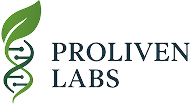
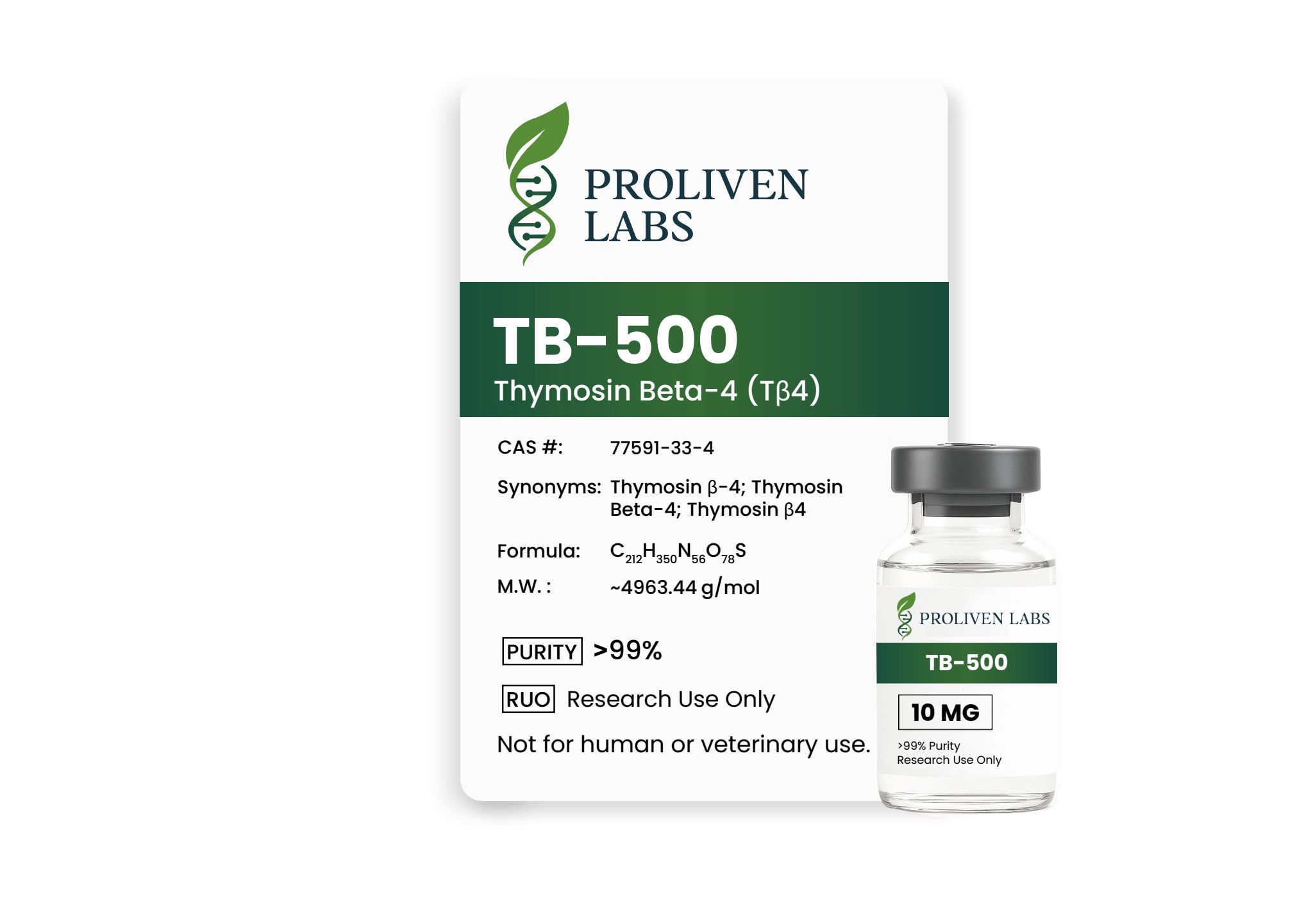
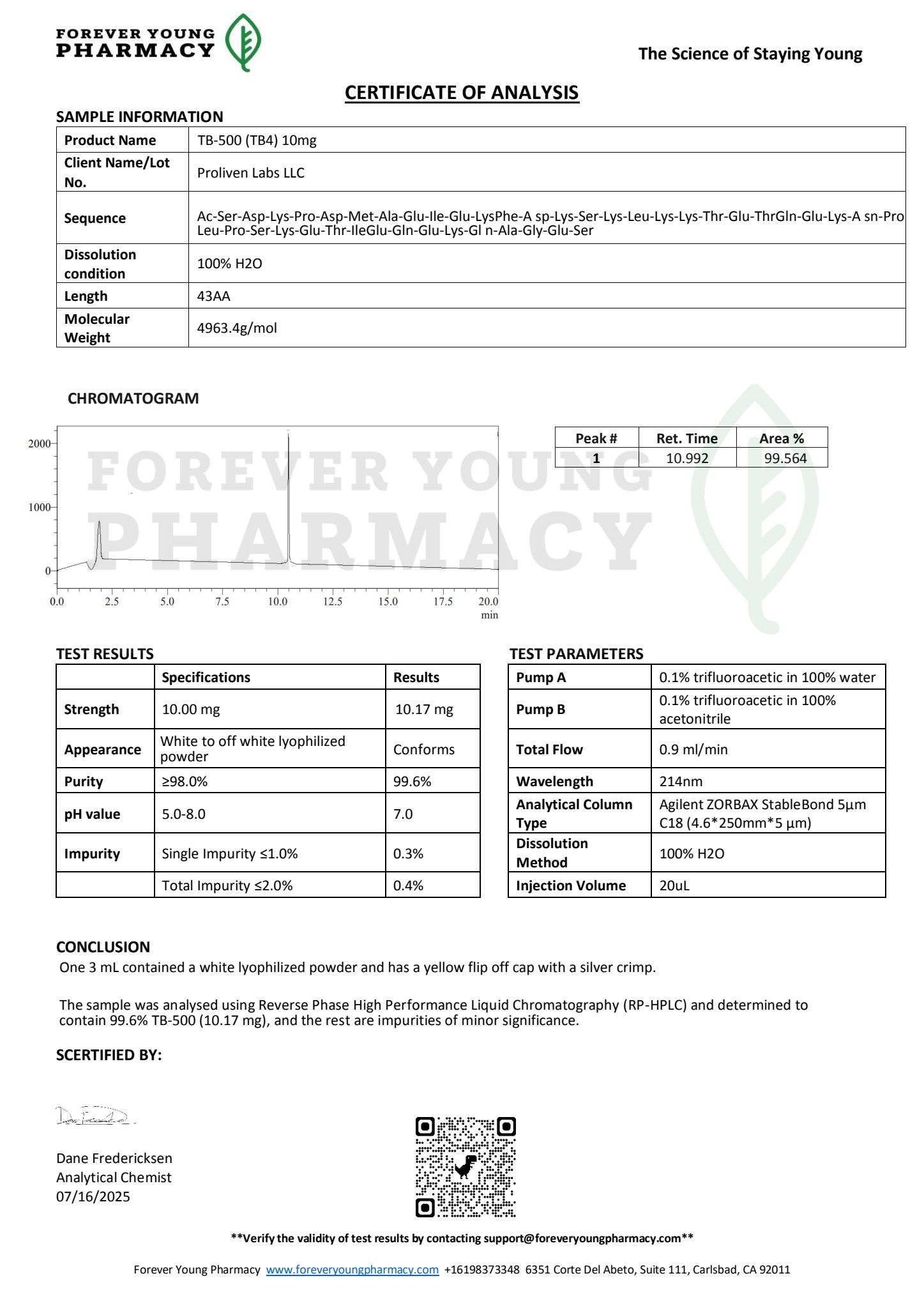

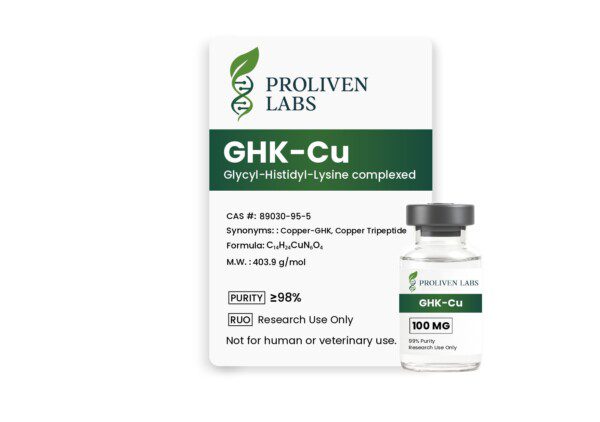
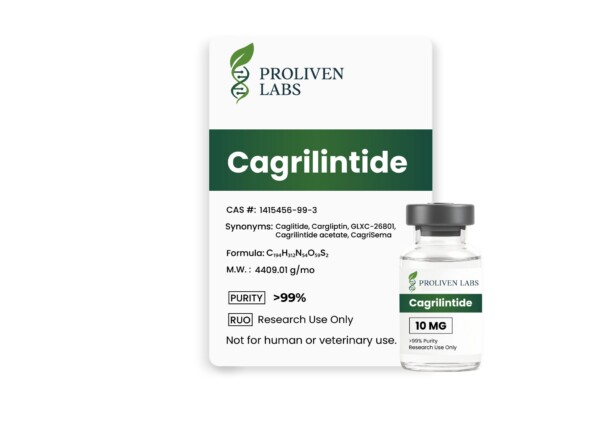
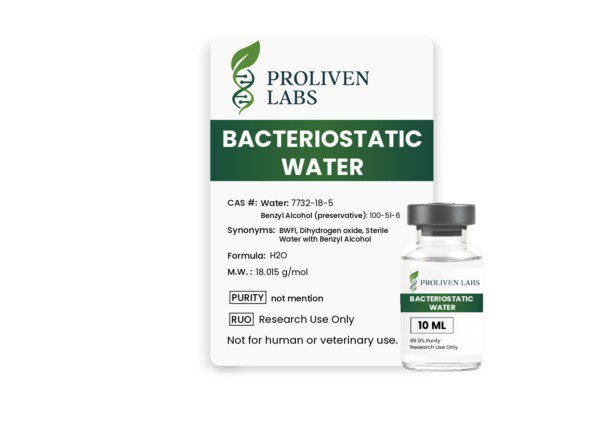
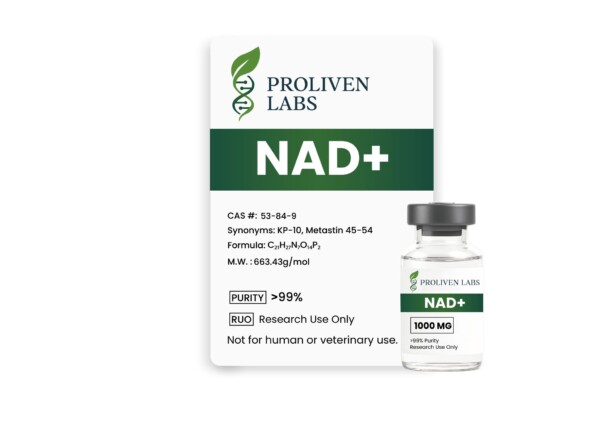

Reviews
There are no reviews yet.